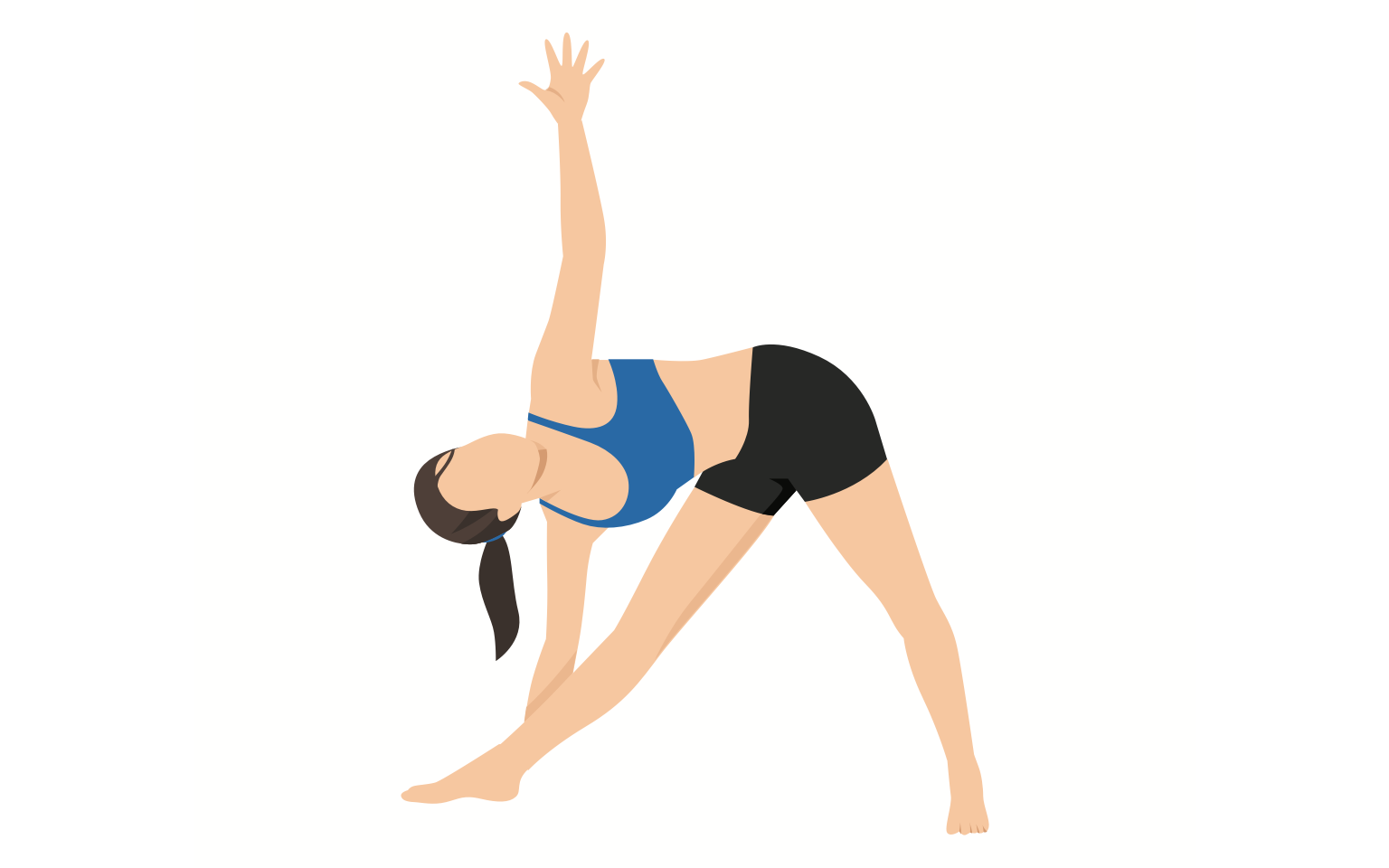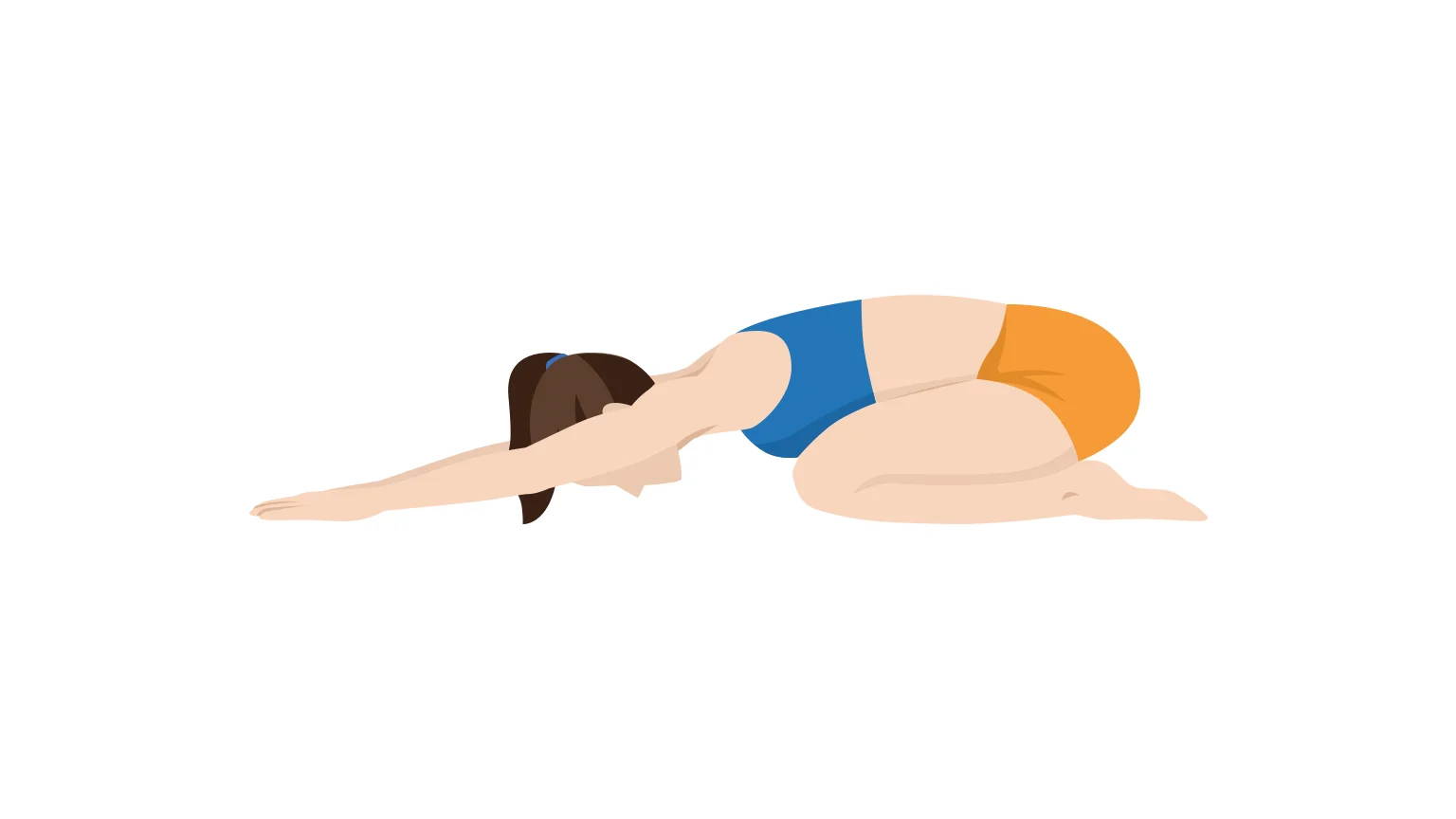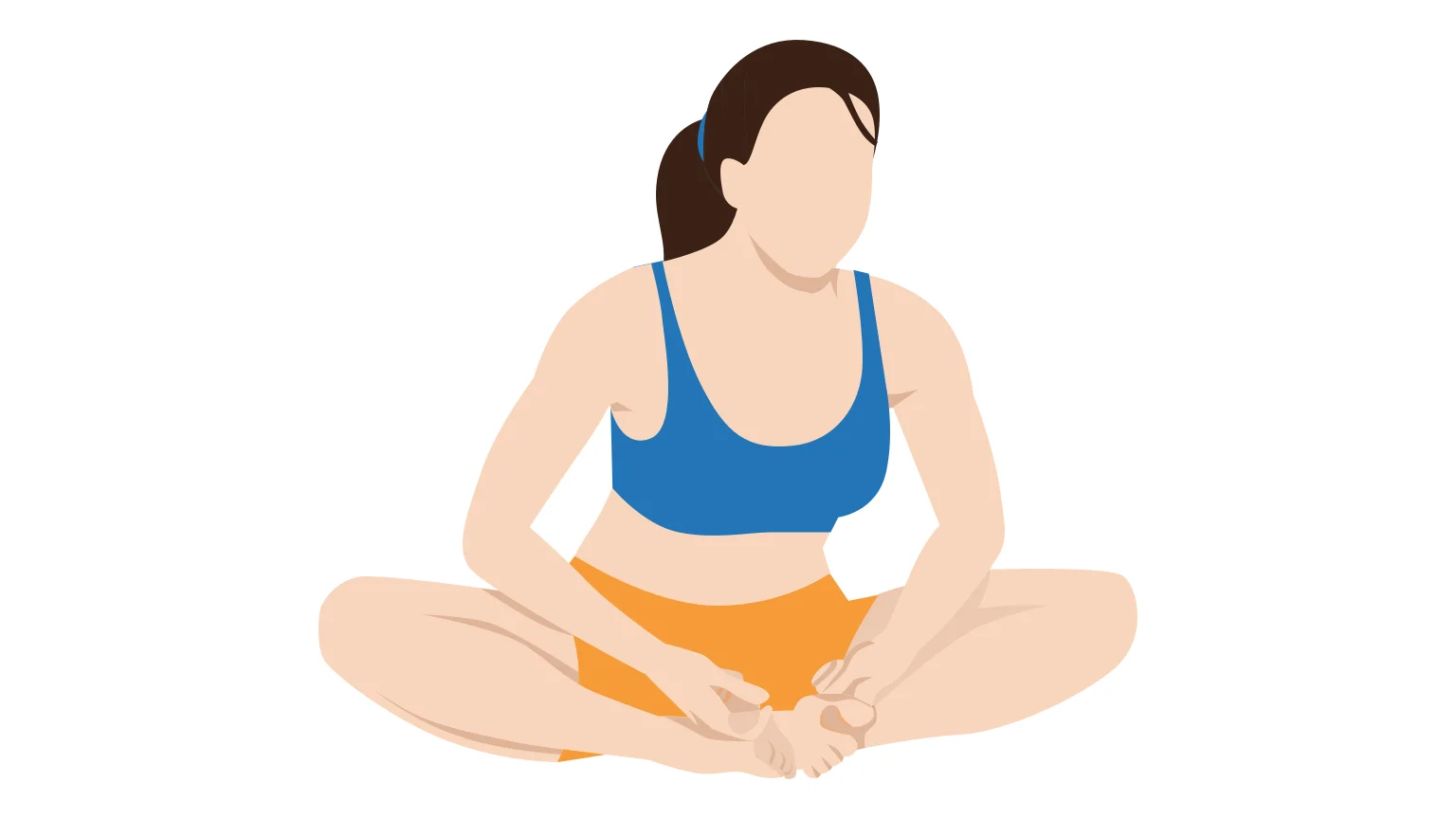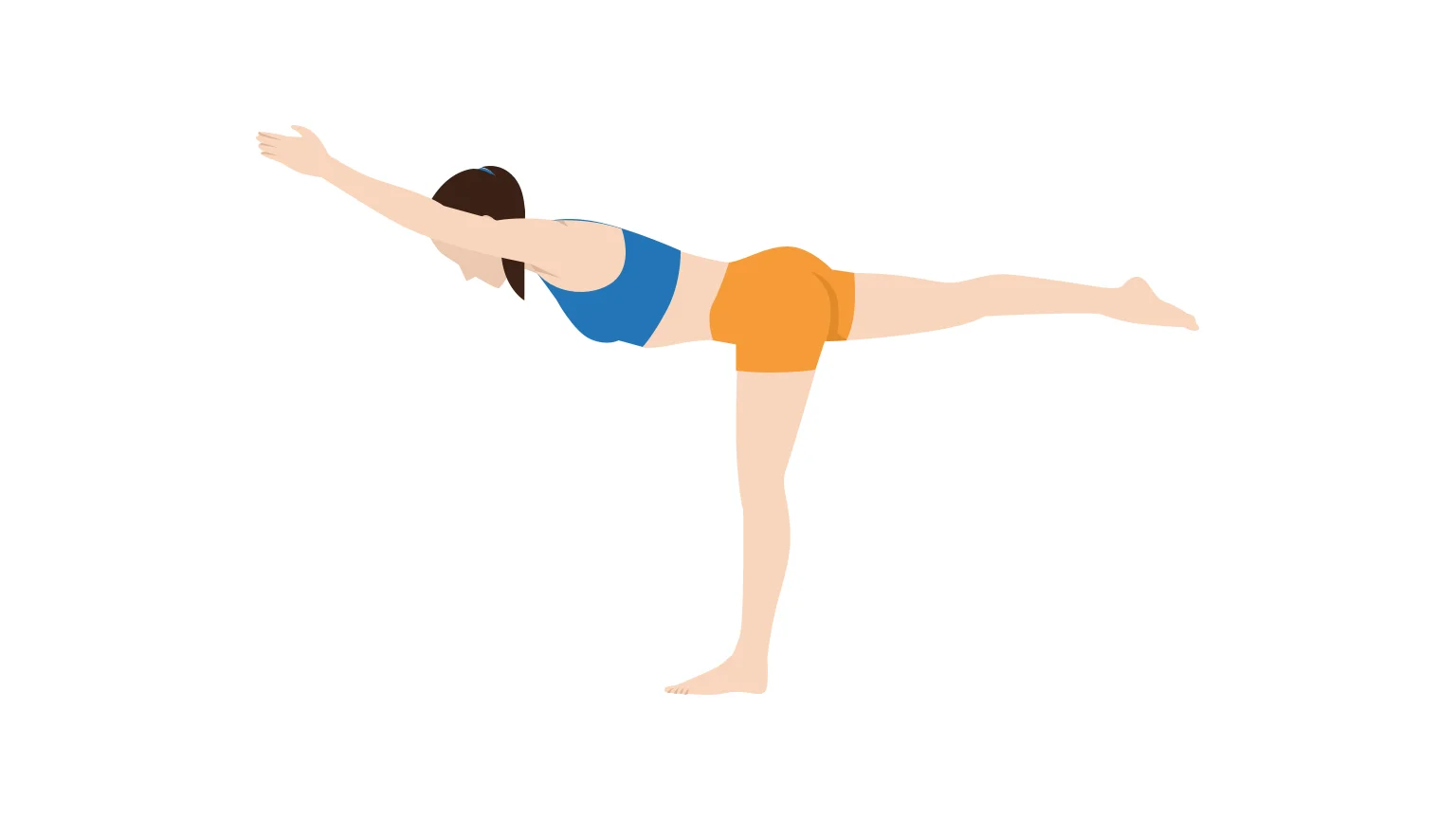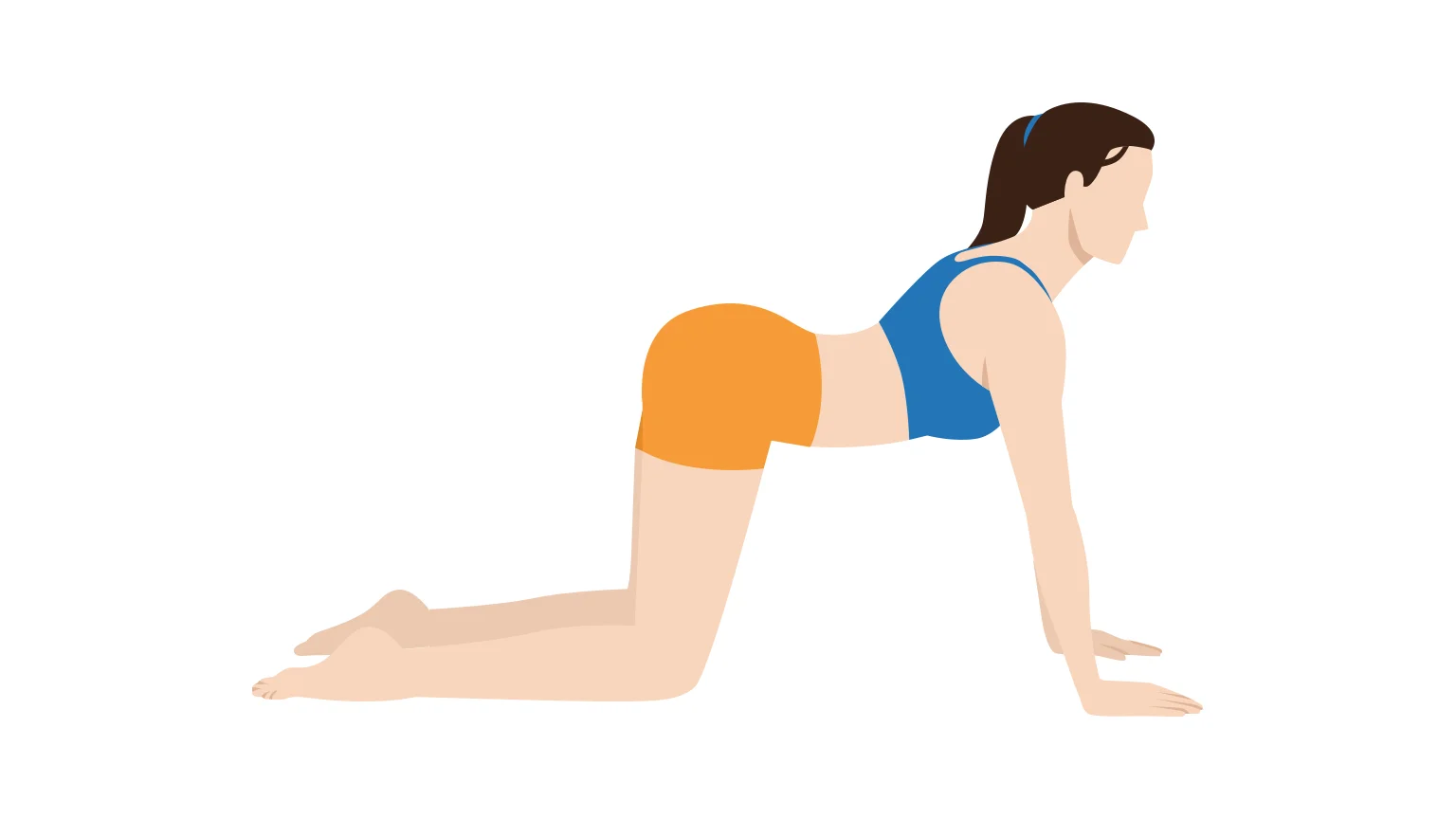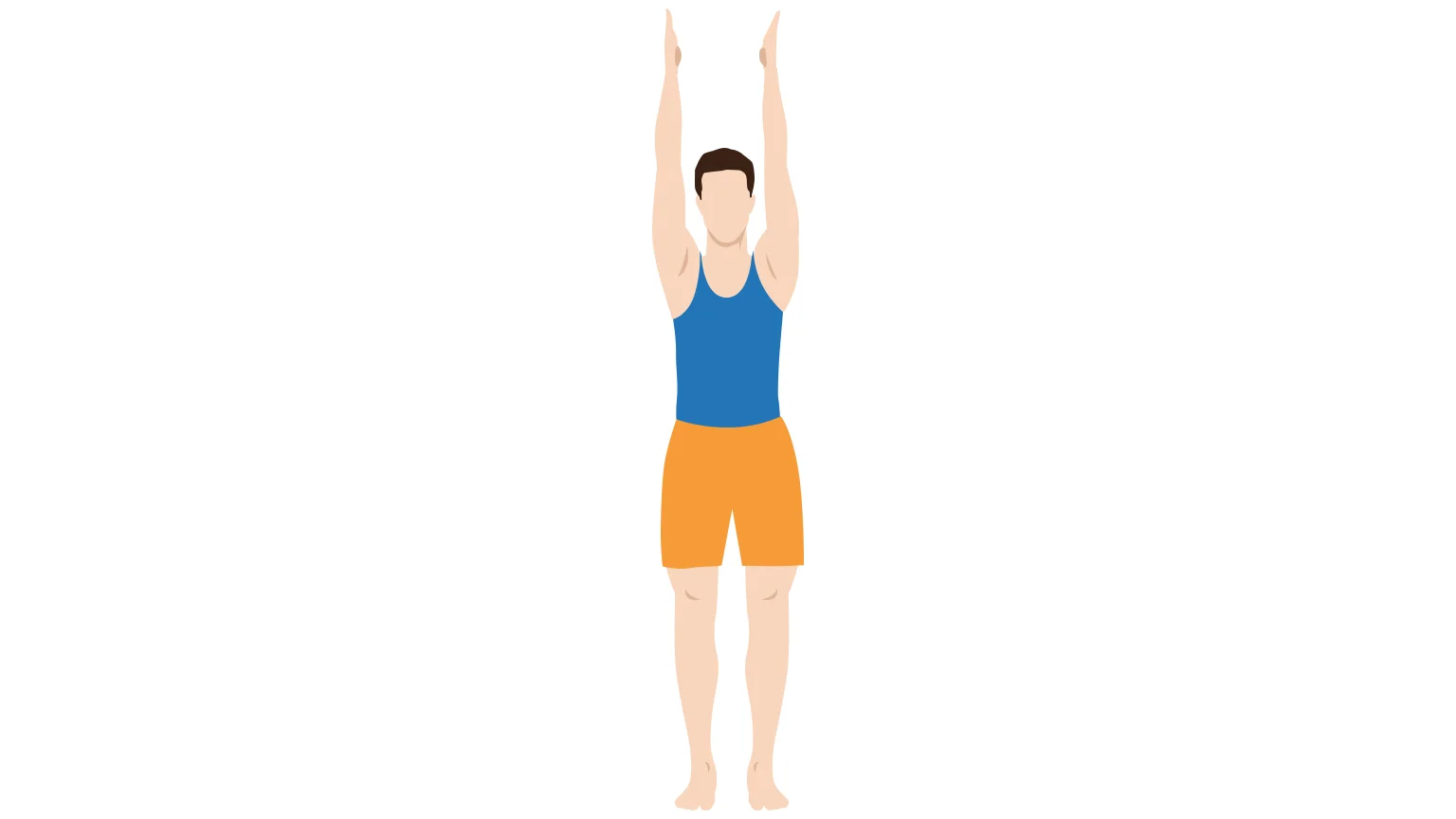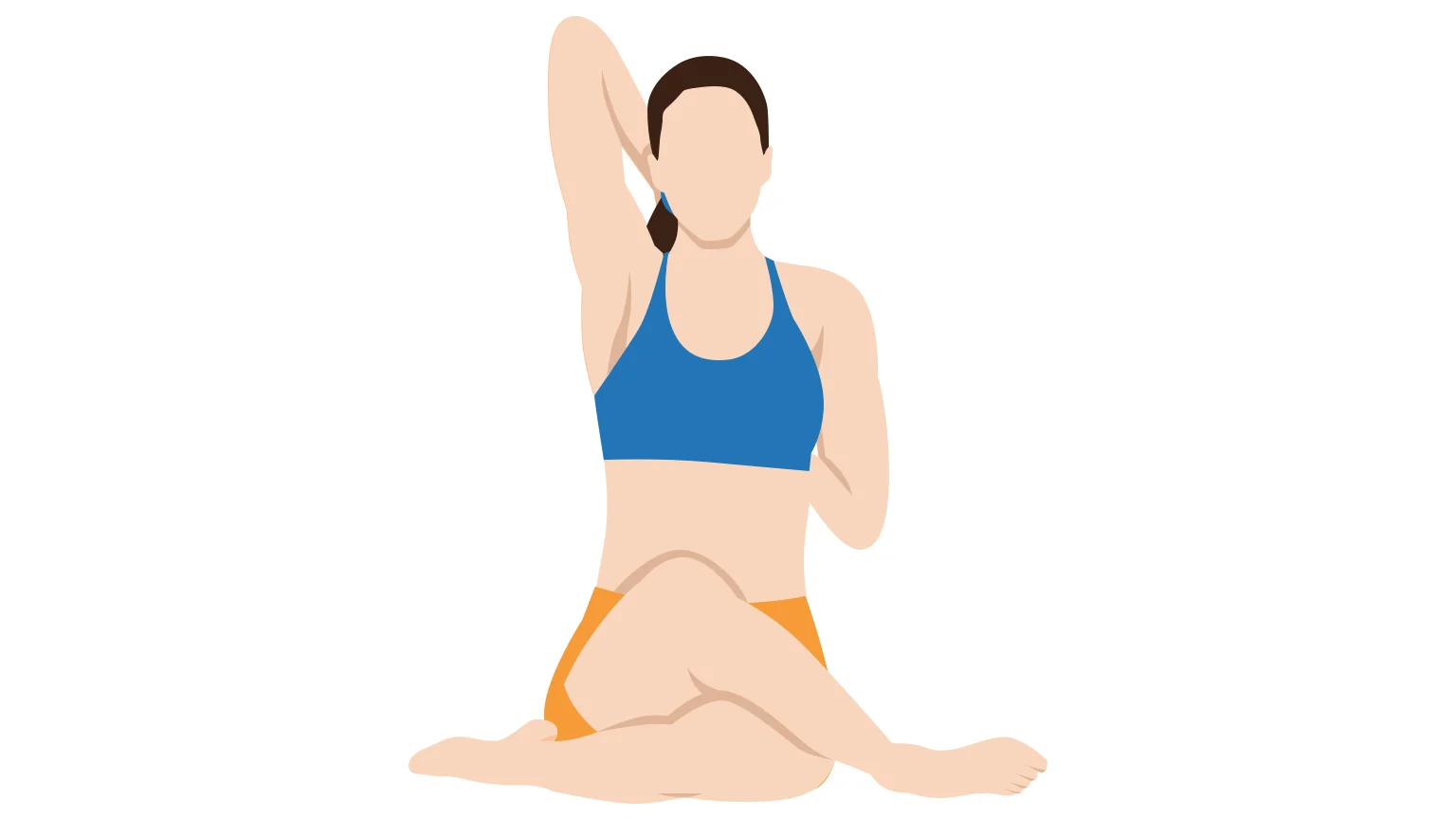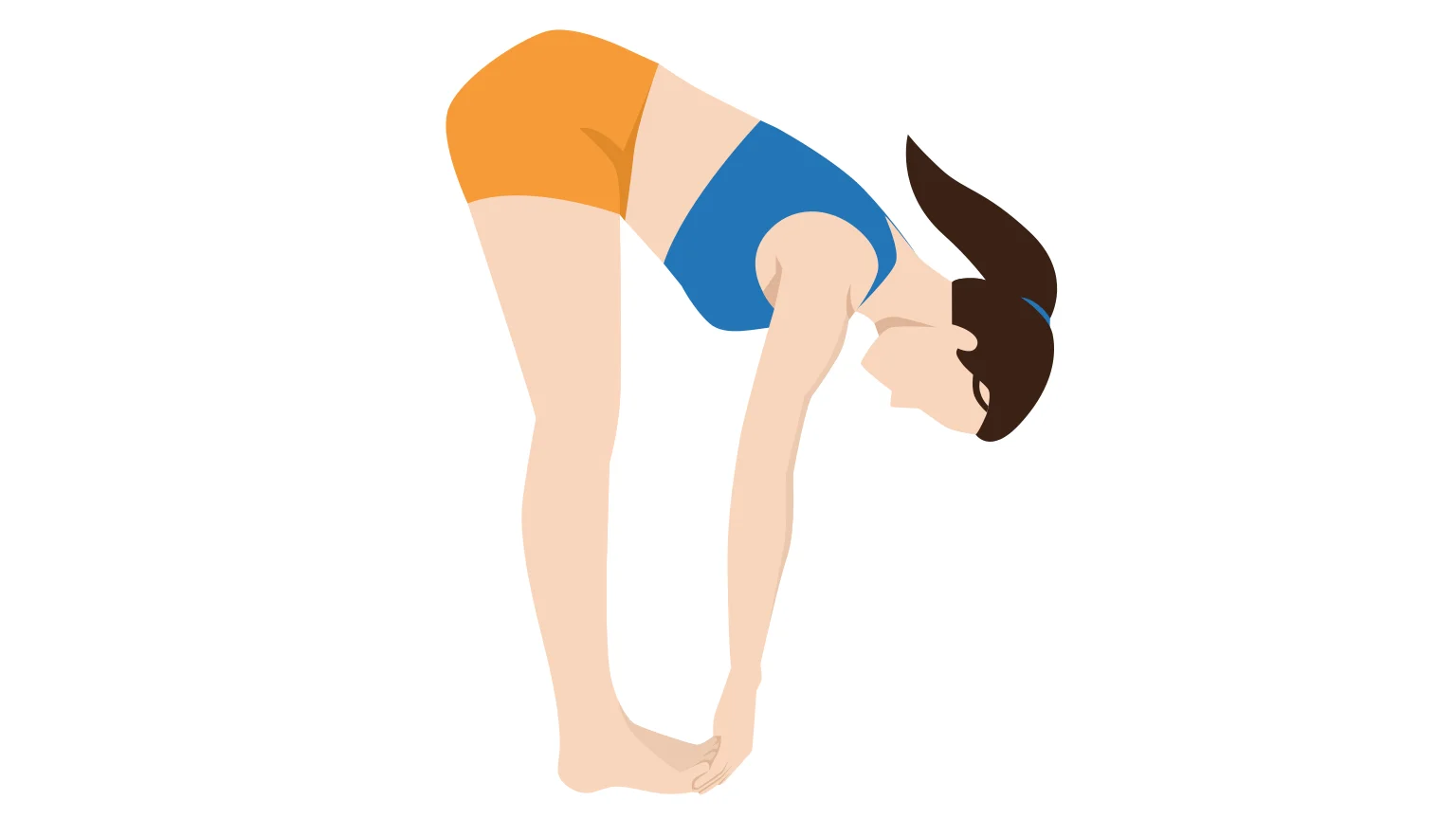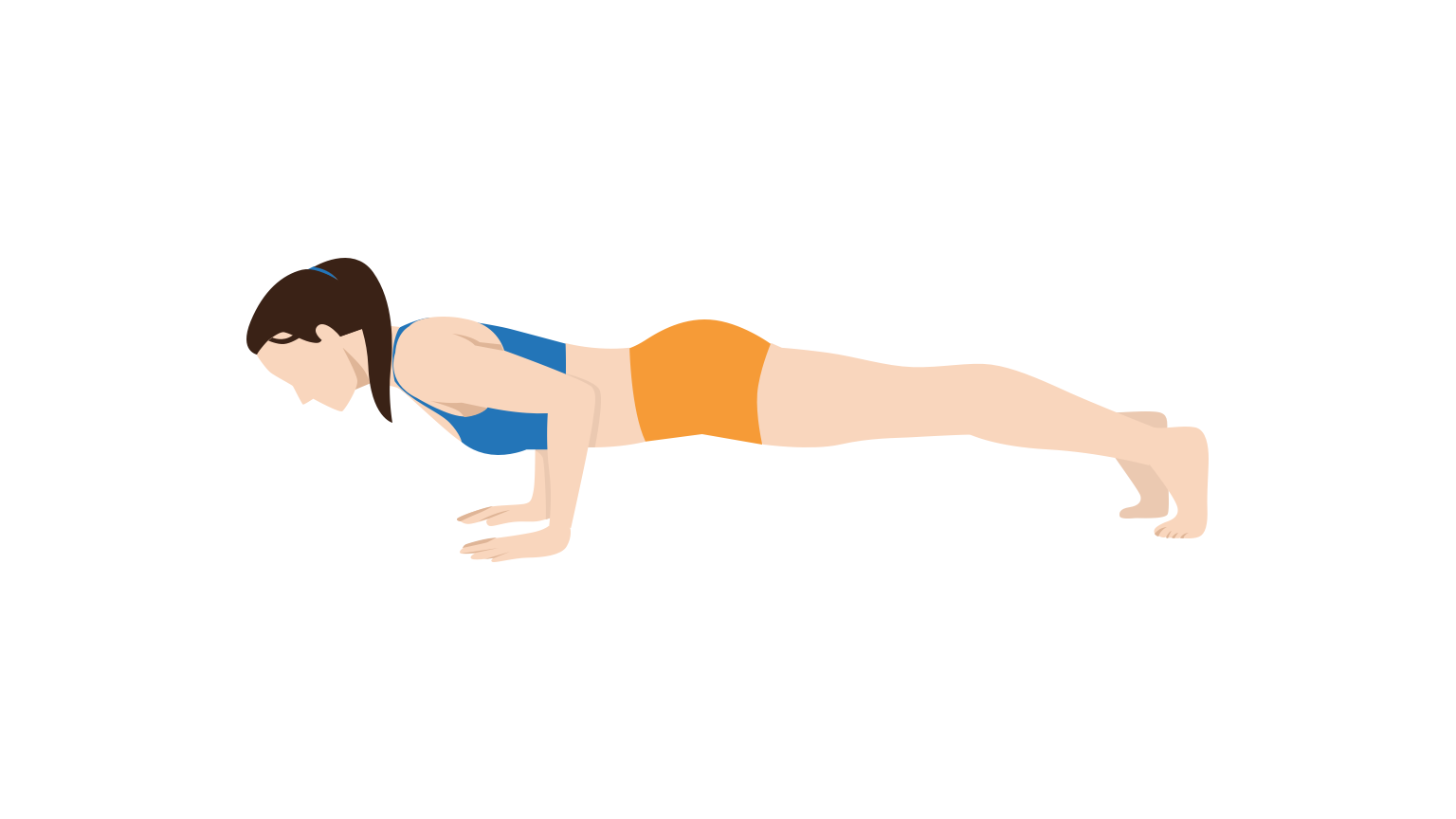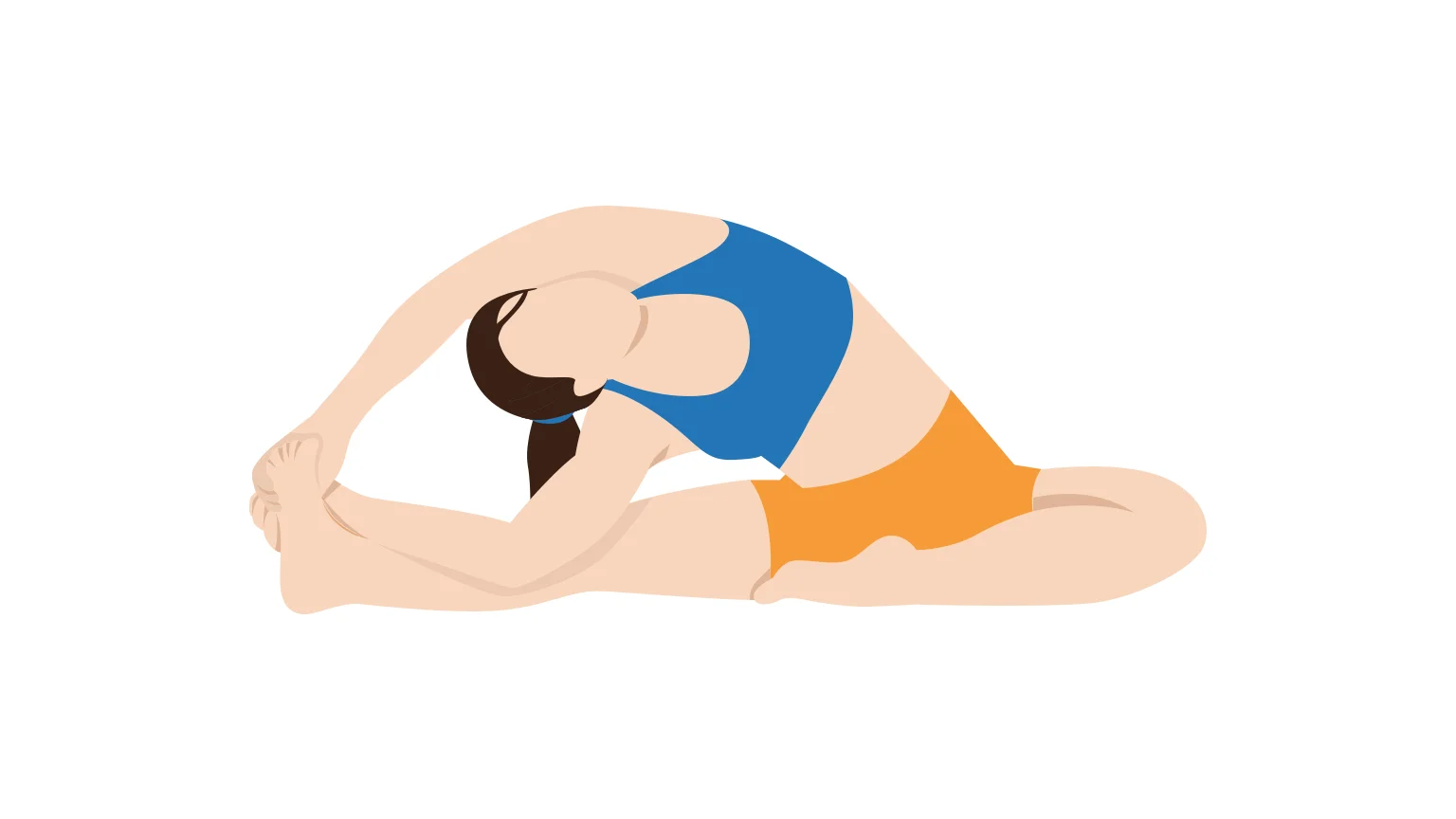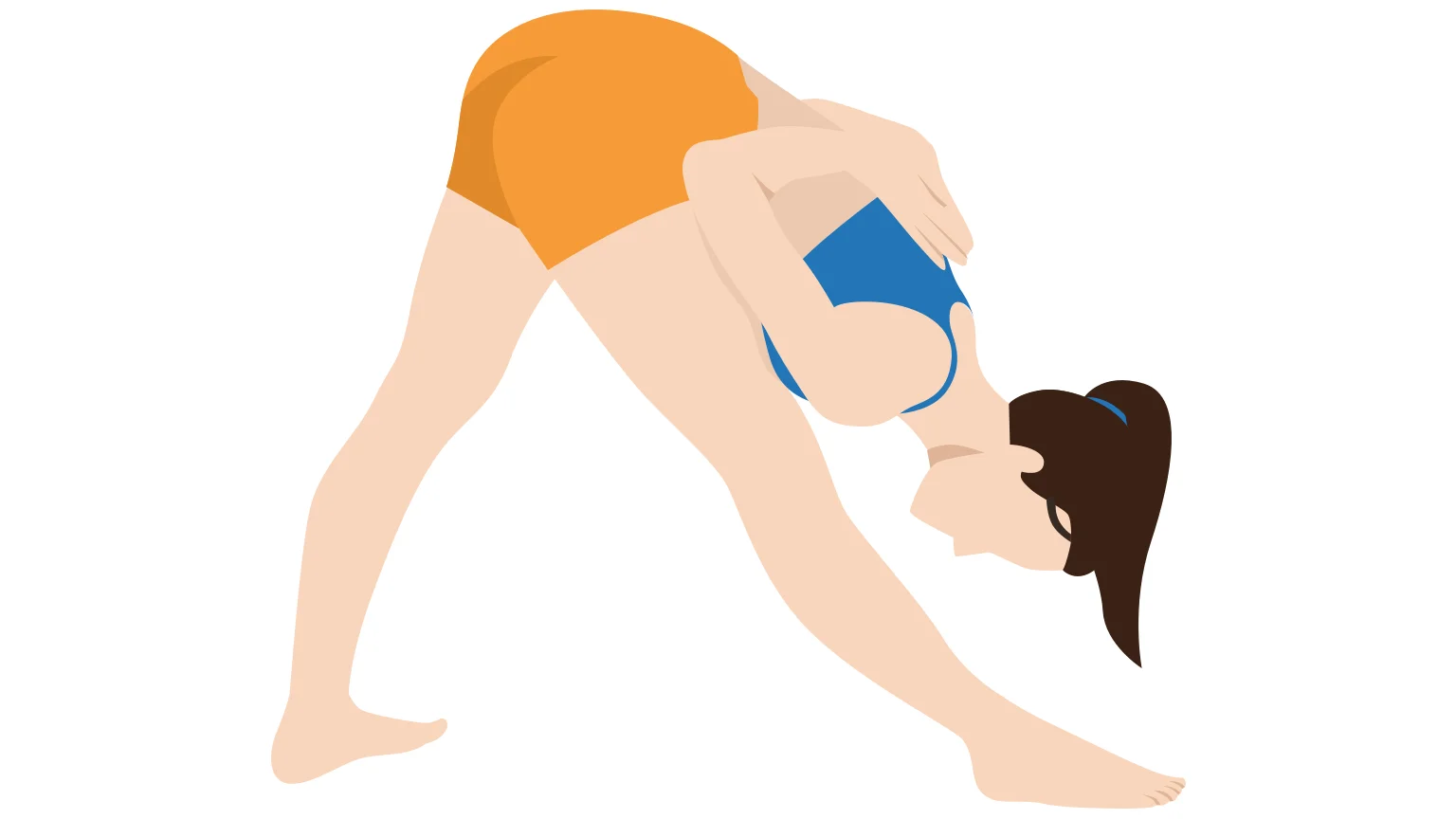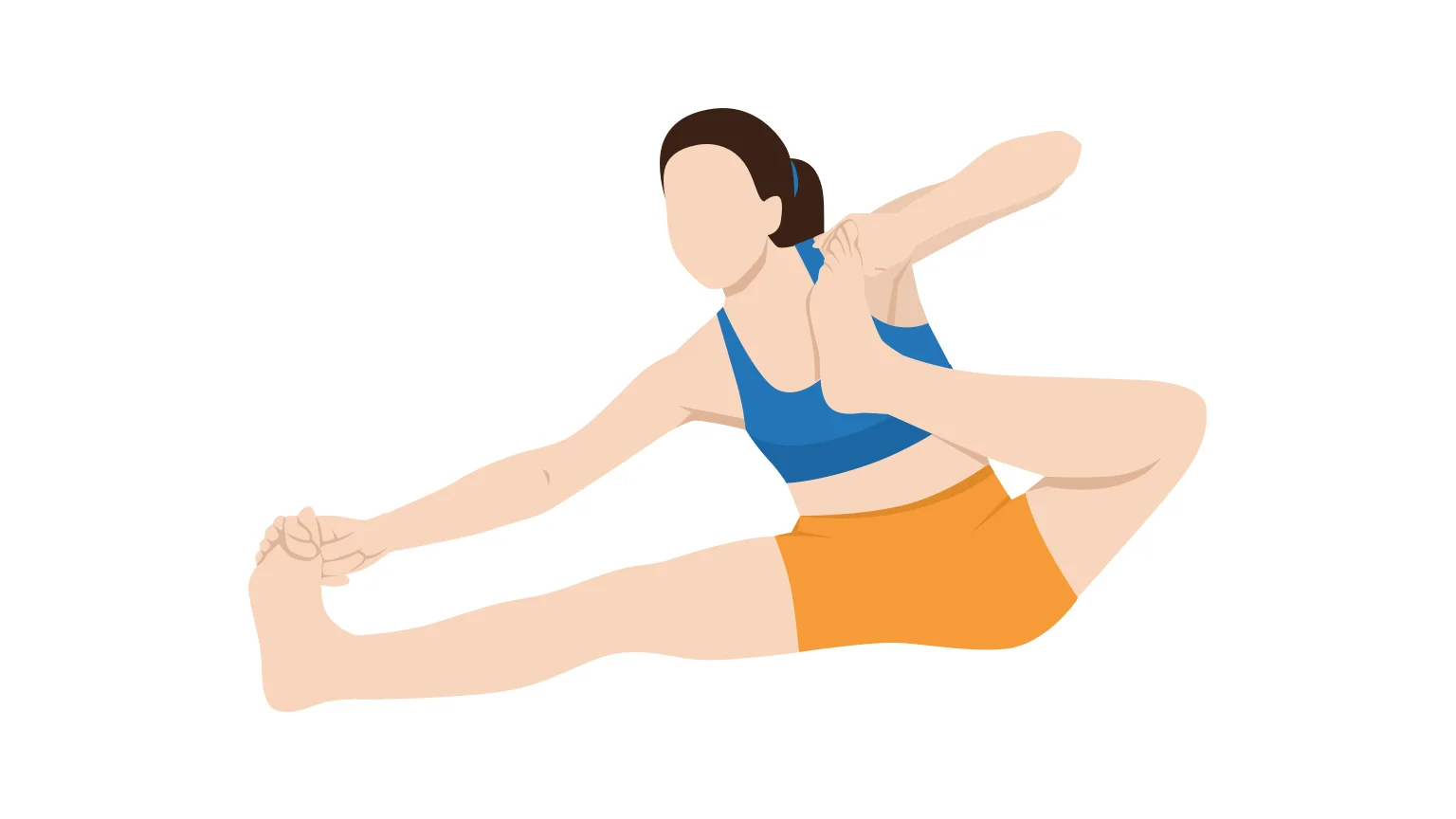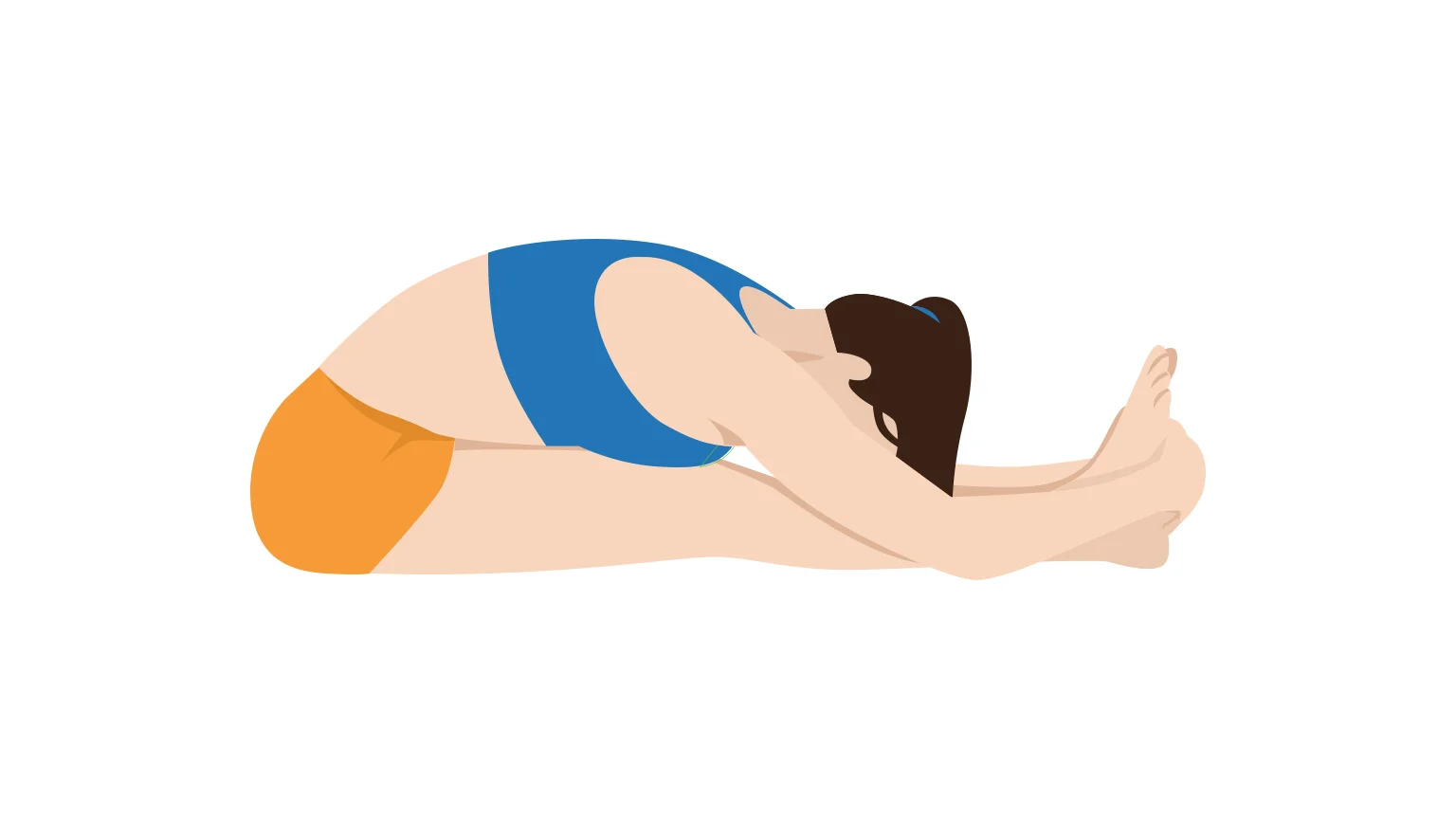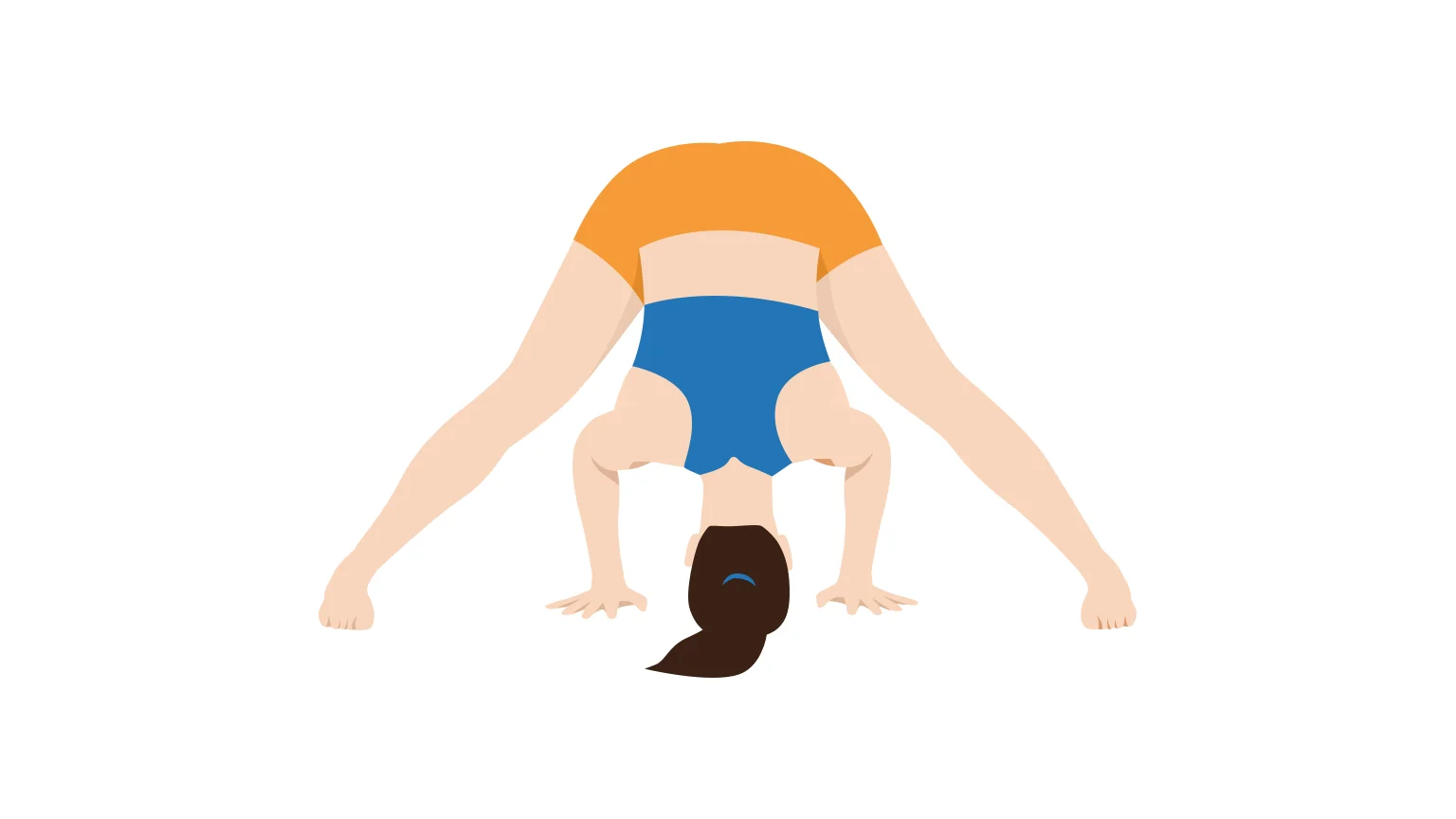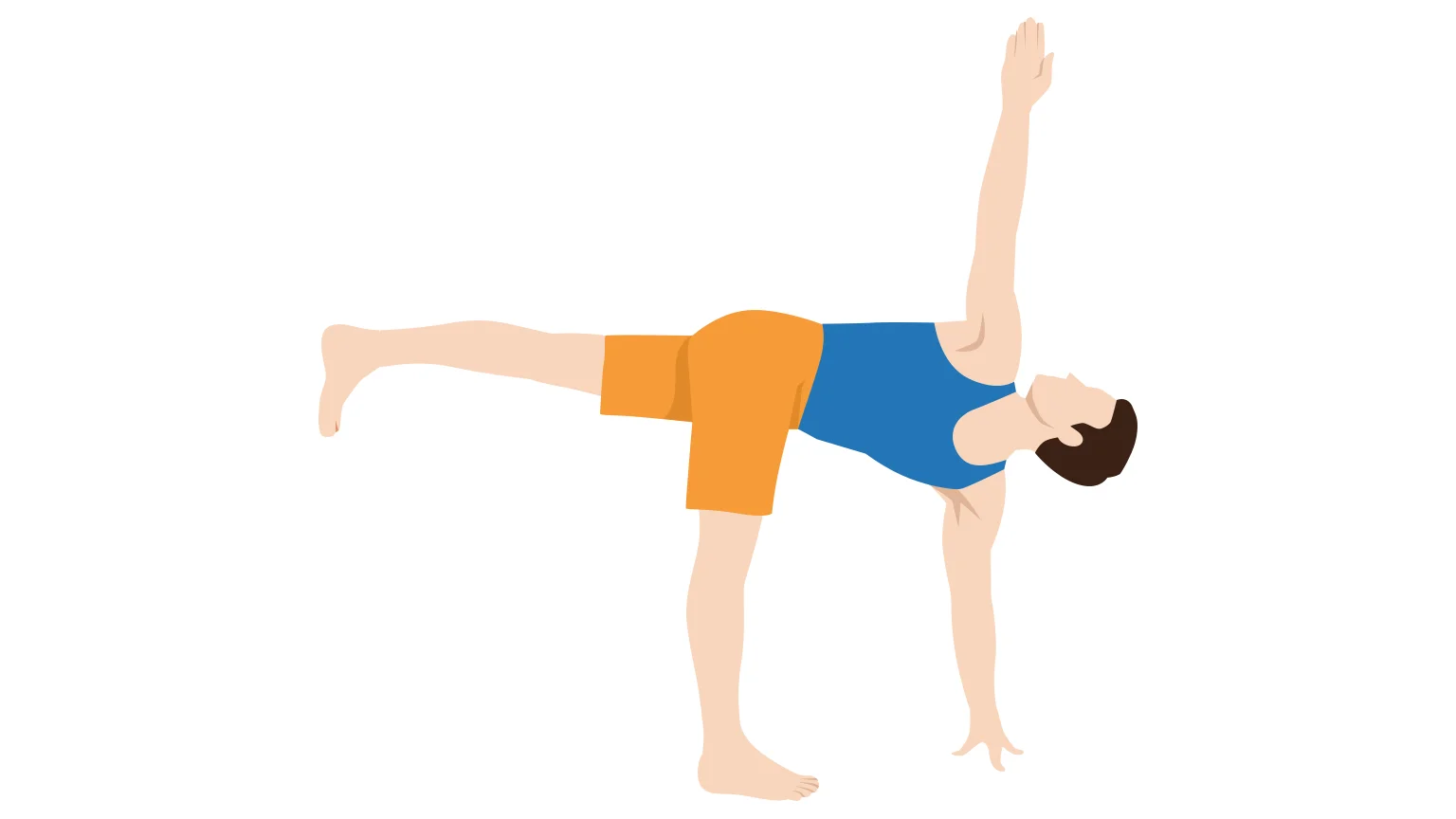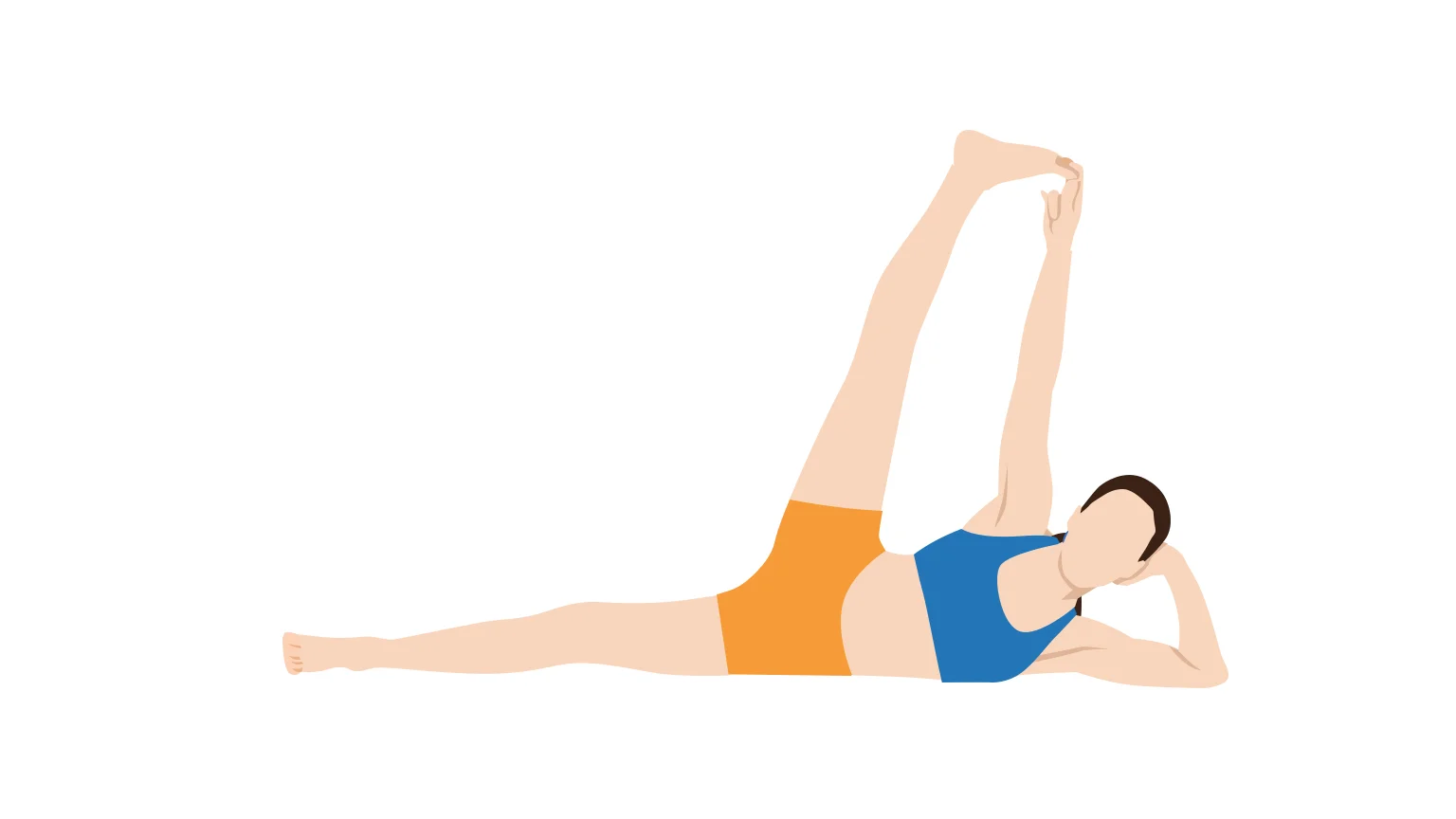Yoga Poses for Beginners to Advanced Yogis
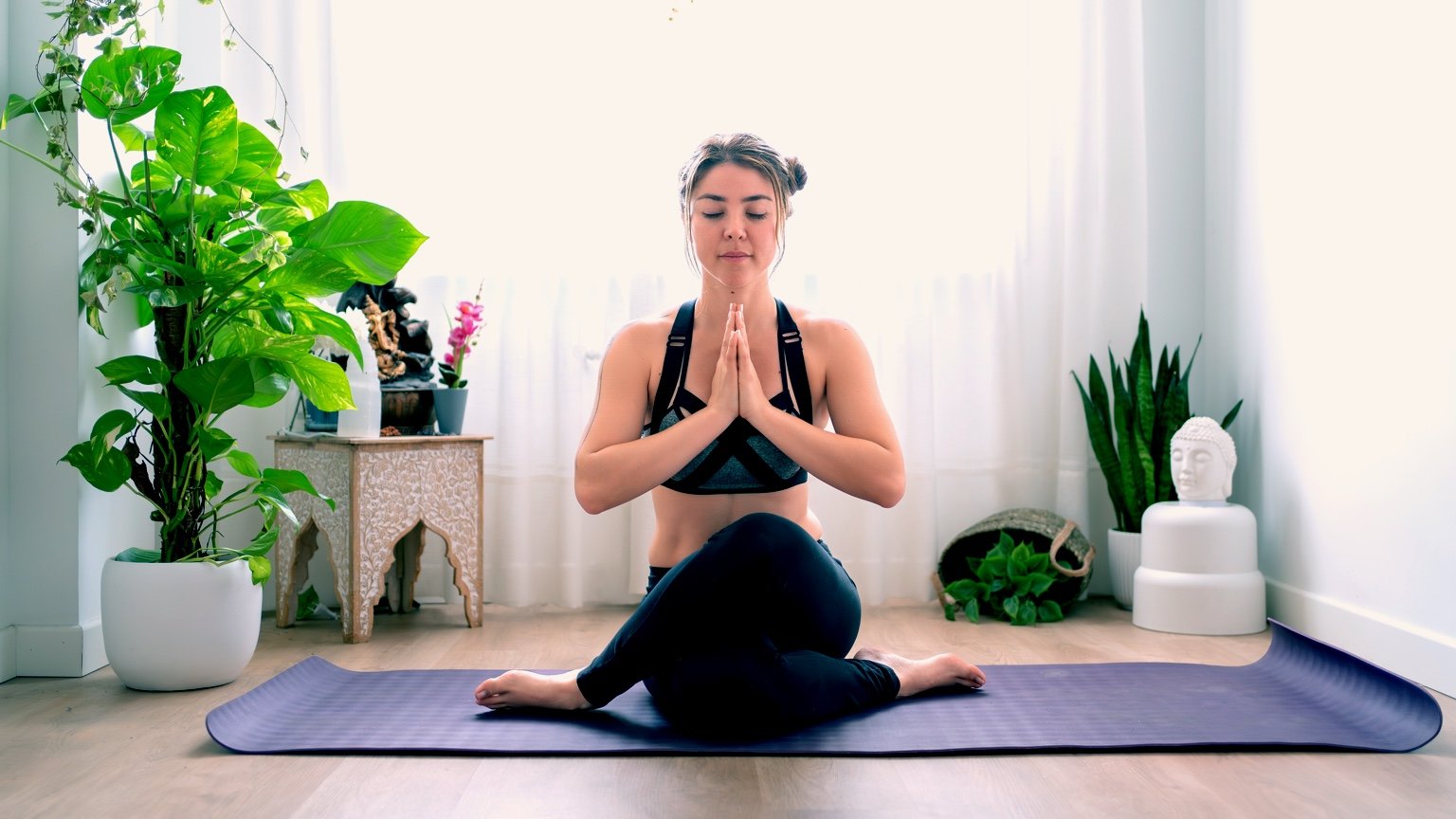
Yoga poses, also known as ‘asanas’, are the different positions you can perform in yoga. Ranging from basic to advanced, yoga poses fall into a number of different types, each with their own benefits to your physical health and wellbeing.
Benefits of Yoga
Yoga has a number of benefits:
- Improved flexibility – Yoga stretches and strengthens your muscles, which can improve your posture. Improved flexibility can help you avoid injuries in other exercises.
- Improved balance and coordination – Yoga strengthens your core, works your stabilizing muscles that give your body balance and can improve your overall coordination in both exercise and everyday tasks.
- Mental wellness – Yoga is a great form of exercise that promotes peace and mindfulness, and is about deepening your mind-body connection.
Working up towards more advanced poses gives you a great sense of progress and achievement. Challenging poses like Crow pose, Wheel pose and Headstand pose demand your strength and balance, but are not suitable for beginners.
Types of yoga poses
On our site, you’ll find yoga poses in the these categories.
Standing yoga poses
Standing poses are great for warming up the body and to prepare for more challenging poses. They are good poses for strengthening your lower body in particular, and require strong legs and core muscles.
Balancing yoga poses
Balancing poses are key poses for beginners to develop. They build core strength and improve your body’s stability, balance and overall coordination. Examples of balancing pose include Tree pose (great for beginners), Crow pose (a very advanced pose) and Warrior 3 (intermediate to advanced).
Backbend yoga poses
Backbend poses are all about stretching and strengthening your back and core muscles, and can also improve flexibility in your hip. They help improve posture and balance. Backbend poses are a great way to open your chest and allow for deep breaths compared to other poses.
Beginners can start with gentle backbend poses like the Cat-Cow pose and Baby Cobra pose, before gradually moving onto more challenging poses.
Seated yoga poses
Seated poses stretch your hips and leg muscles, including hamstrings, squads and calves. Examples include the Pigeon pose (a hip opener) and Seated Forward Bend pose.
Classic seated poses include the Butterfly (Baddha Konasana) pose, which is great for opening up the hip and groin, and Child’s (Balasana) pose which stretches your hips and lower back muscles.
Supine yoga poses
Supine poses are those that see you lying on your back.
Yoga poses for beginners
Yoga poses range from very simple to complex. The Mountain pose is a simple pose, and it can help improve your posture and strengthen your legs and core.
On the other side of complexity is the Crow pose. This requires a high degree of arm strength and good balance.
If you are just starting with yoga, a great pose to start with is the Child’s pose. This pose enhances your hip’s flexibility and also works your hamstrings and lower back muscles. Child’s pose promotes muscle relaxation and improved circulation to your head.
It’s key that you ease yourself into yoga slowly. The point of yoga is not maximizing the number of poses you can do, but instead emphasizing the connection between your mind, body and breath. Master a few simple, fundamental poses before moving onto intermediate or advanced poses.
You’ll notice that yoga poses also have a “Sanskrit” name. Yoga has ancient roots, and learning Sanskrit is a great way to stay connected with the origins of yoga. We always include the Sanskrit name when featuring a yoga pose.
Practicing yoga
There are two popular ways to practice yoga.
Vinyasa (or “flow”) yoga relates your breath to your movements and poses. It’s a continuous sequence of poses that you transition smoothly between.
Hatha, on the other hand, emphasizes holding one pose at a time, with a small rest in between. Poses are held for longer and there is a greater emphasis on your breath and movement. Hatha yoga is perfect for beginners.
Yoga at home
Yoga is easy to practice at home, but you’ll need the right set up. A yoga mat is a must-have, since it provides cushioning and grip for your hands and feet as you perform yoga. Choose a mat that is thick enough to provide support to your body, but not so thick that it would affect your balance.
Challenging yoga poses
As you get comfortable with the basic yoga poses, it’s a good idea to explore intermediate and advanced poses to add to your routine. Everyone’s body is different, so what may be a simple pose for you may be challenging to somebody else. Take your time to explore the different poses, aiming to gradually work up to the more complex poses over time.
Intermediate poses include Crow (Bakasana) pose, Wheel (Urdhva Dhanurasana) pose and Headstand (Sirsanana) pose.
Advanced poses include One-legged King Pigeon (Eka Pada Rajakpotasana) pose and Scorpion (Vrischikasana) pose.
Downward facing dog pose

Palm tree pose
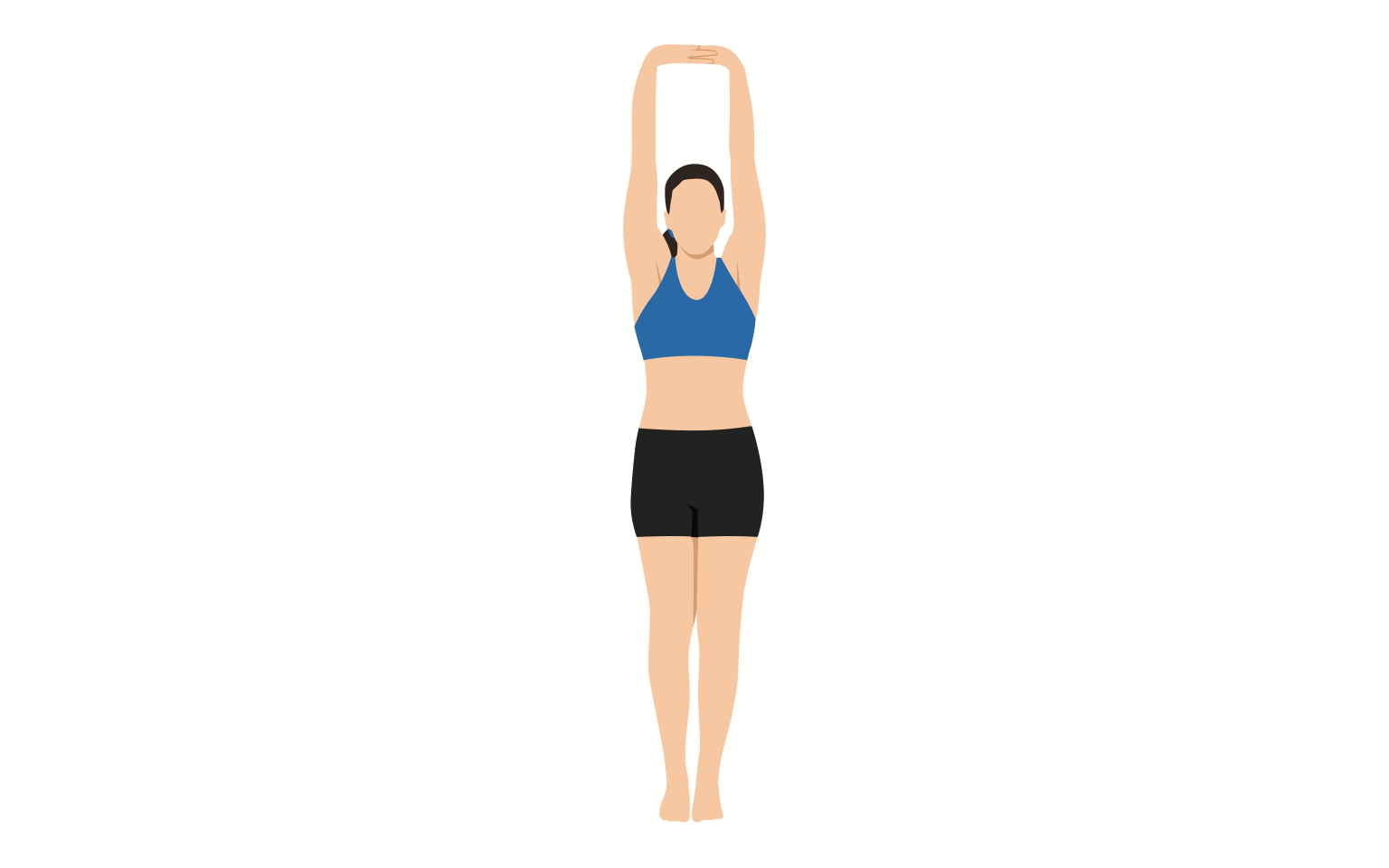
Warrior 1 pose
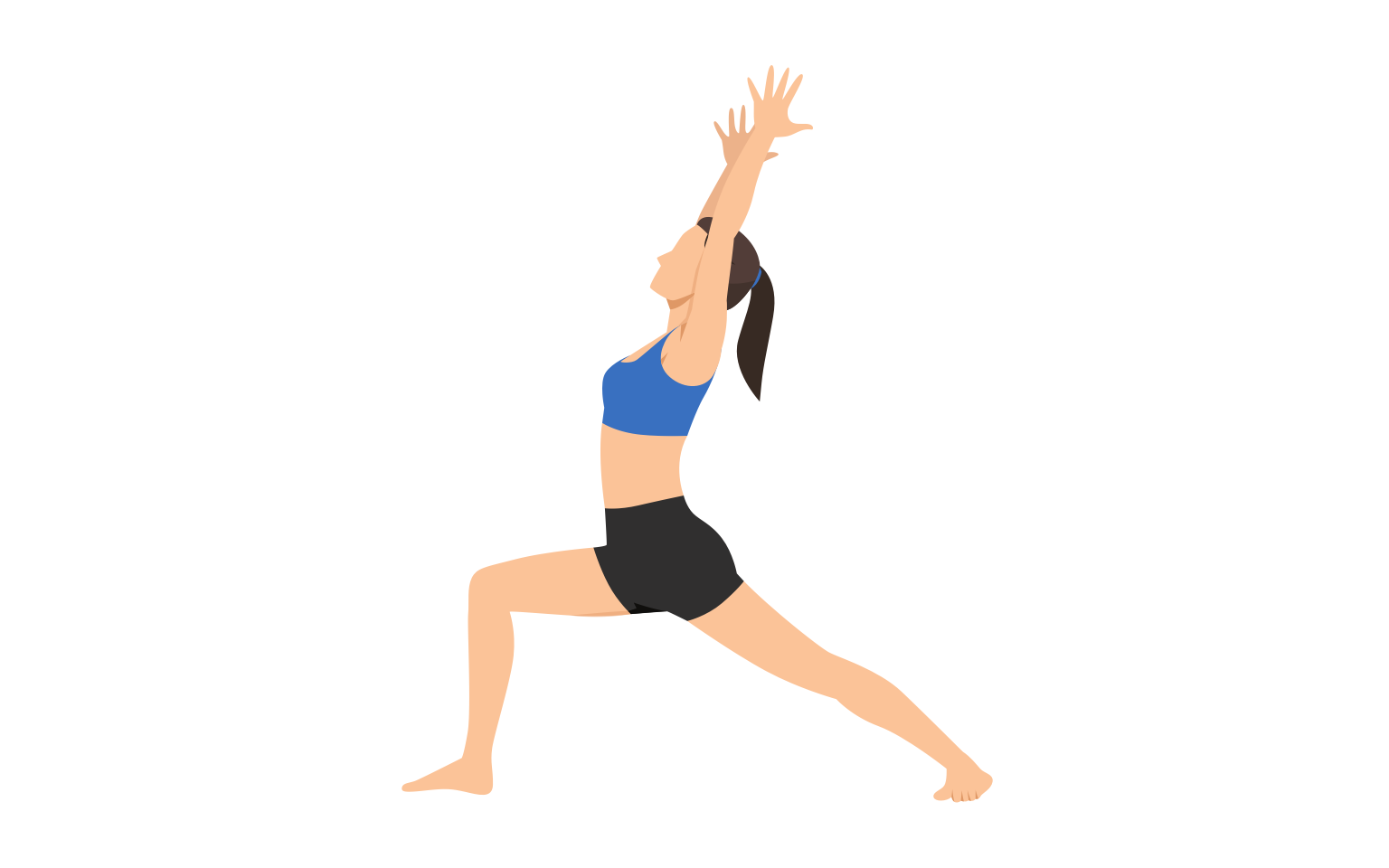
Warrior 2 pose
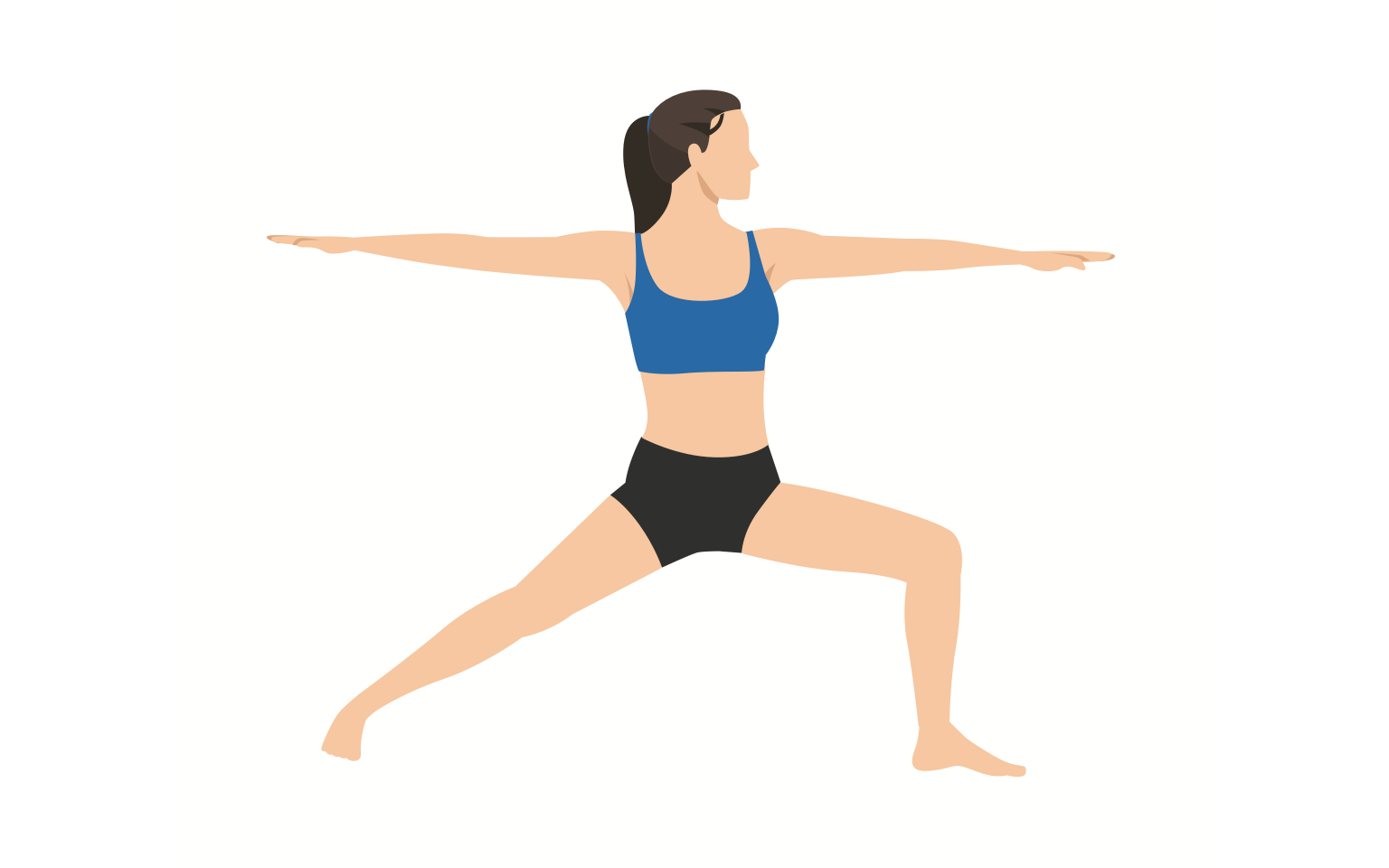
Extended side angle pose
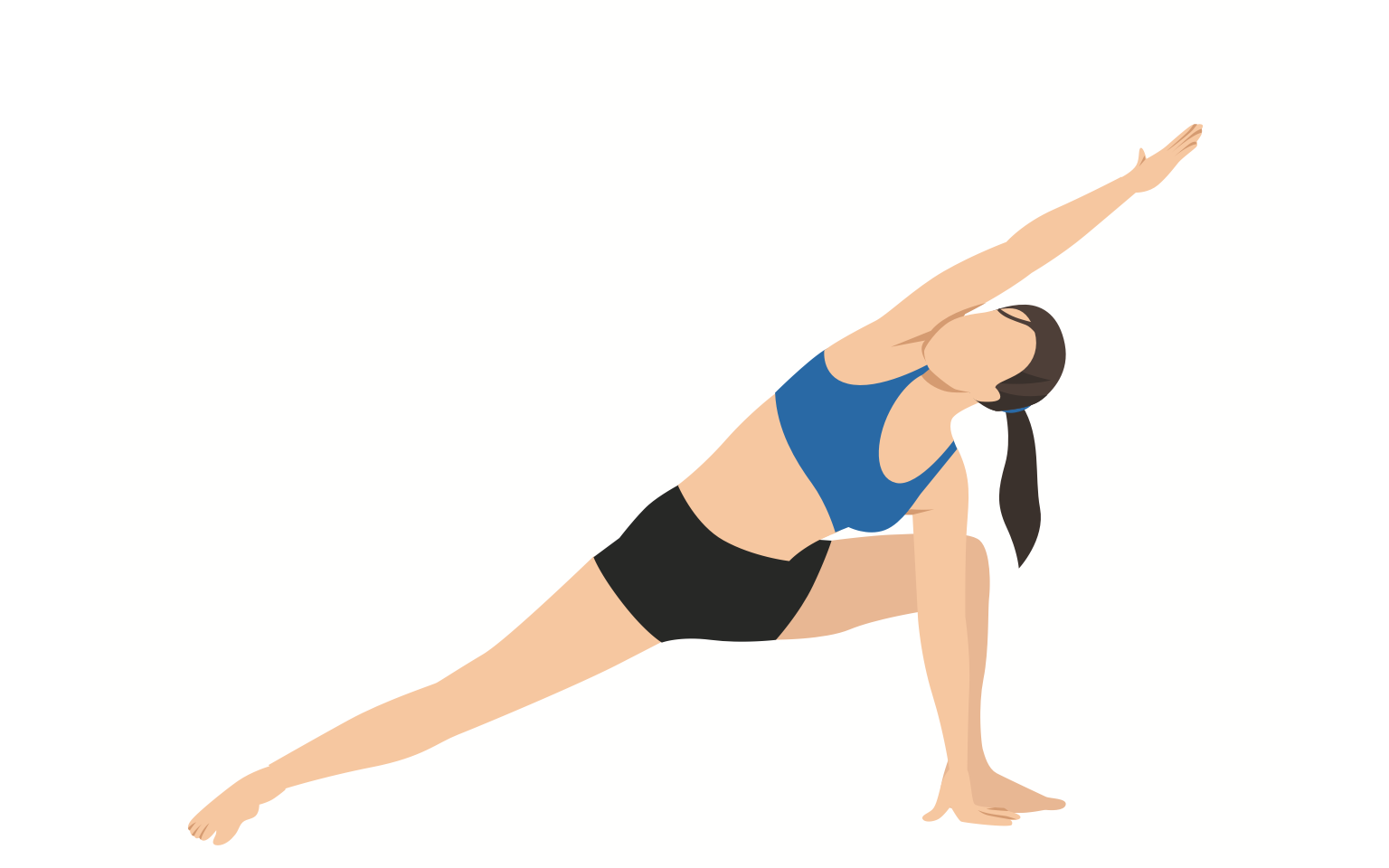
Triangle pose
